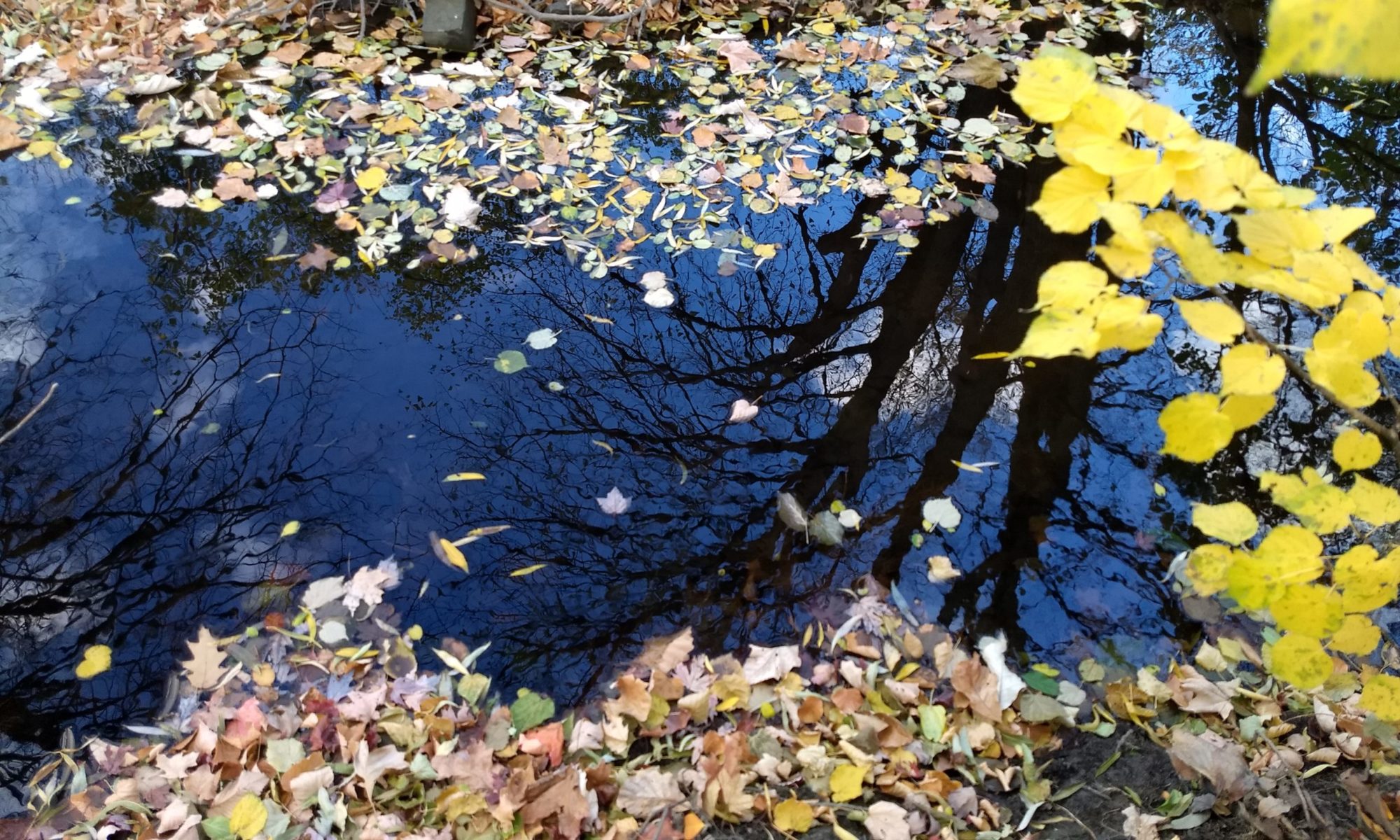In 1991, I moved to DeKalb, Illinois, to teach in a small farming community 17 miles southwest of DeKalb. In the years since then, it’s been easy to see that farmland is disappearing. New housing developments have cropped up around DeKalb and more strip malls are being built. The Chicago suburbs are expanding farther and farther west. Is this progress? Perhaps. Yet all these outlet malls, auto marts, and huge new houses are swallowing up some of the richest farmland in the world. The flat farm fields of Illinois may not look like much to the naked eye, but farmers will tell you that the dark rich soil of Northern Illinois is perfect for growing crops.
Disappearing farmland should be a concern to all of us. When the year 2050 comes around, we’ll need to feed 9 billion people on approximately the same amount or less farmland we currently have. This is more important than the fight between organic and conventional foods. There isn’t just one solution. By using a variety of farming techniques, including organic and conventional farming, we can succeed in feeding the world.

The conversation about food is difficult. It shouldn’t be, but it is. Among suburban moms, it is “fashionable” to buy only organic foods. We are making the topic of food choices too personal. I have been told (not by a doctor) that I should eat only grass fed beef because of my medical history. When I wrote on Facebook that I was was going to visit Monsanto, one person unfriended me. When my husband became interested in what Monsanto does and liked their Facebook page, a member of the family asked him, “You don’t really like Monsanto, do you?” Social media has done a good job of spreading fear and mistrust of GMOs and the companies that produce them. Dig a little deeper, though, and you’ll find that one of Monsanto’s executives agrees with using organic and GMOs to help feed the world. It can’t just be one or the other.
The farming community is opening their doors to City Moms. Farmers are talking about why they farm the way they do. They are open to discussing GMOs, use of pesticides, and how they treat their livestock. They have many choices, and Monsanto seed is only one of their choices. They also have the responsibility of providing enough food for everyone as our population keeps growing. It takes courage for the City Moms to have open minds and to listen to what they are telling us, even when our friends are telling us not to listen.

I had no idea when I became a City Mom that I would be learning so much about agriculture and the food we eat. I didn’t know I would develop a passion to learn more. I also didn’t realize that I would not only be learning about the food on my dinner table, but also about feeding billions of people in the future. I now read farm blogs and agricultural reports, along with scientific articles about our food supplies. I’m personalizing my food choices by learning more about my food.








